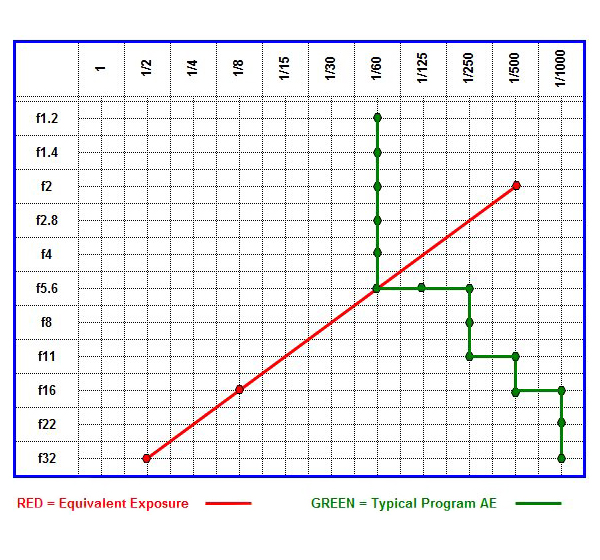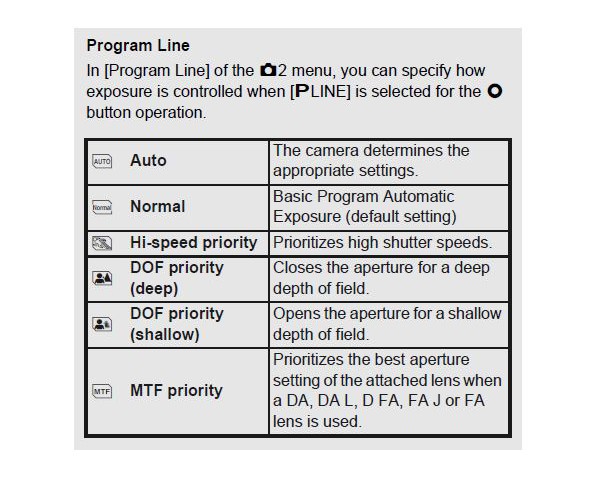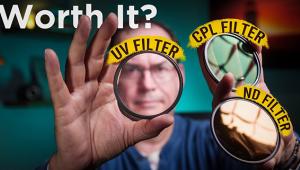A lot of interesting history that's still relevant. Thanks, Jon. Since getting first my D90 and then my D7100, I've shot almost exclusively in aperture priority, but on a recent night I shifted over to shutter priority set to 1/2000 (letting the D7100 work the rest of it out) and got some decent handheld shots of the ISS, which is one speedy mofo. I was pretty happy with the results and remembered to switch back to Ap afterward so the nature shots on my next outing wouldn't be ruined... win-win!
Aperture Priority is the Best Auto Exposure Mode for Mirrorless and DSLR Cameras
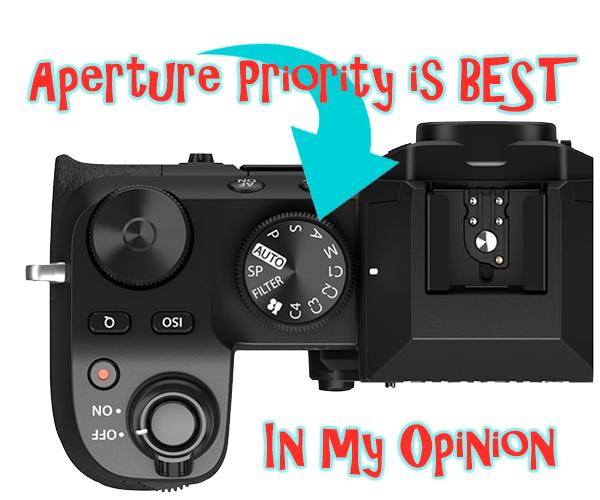
Your mirrorless or DSLR camera probably offers four Exposure Modes: Program, Aperture, Shutter and Manual. Program Mode is easy, Manual Mode is slow, and Aperture Priority Mode is the best in most situations. Here’s why.
The other Shutterbug writers and editors might disagree with me, and that’s healthy and good. This is my opinion, but it’s based on a good many years experience, more than I’m willing to admit. Let me explain why I think Aperture Priority rules. (And if you take pictures with your telephone, here’s another reason why you should buy a real camera.)
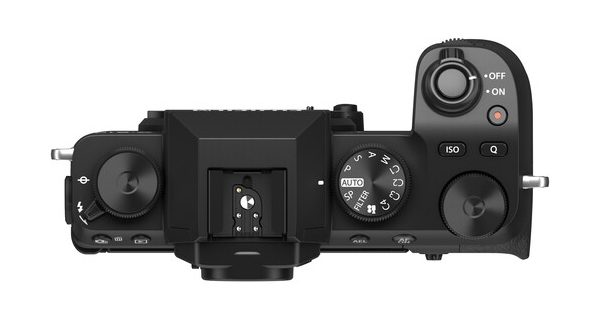
What Are the Differences?
If your camera has an Auto Mode, in most cases that’s not an exposure mode per se because it usually does other things to dumb-down the camera, like locking ISO, activating the flash or graying out certain advanced features. So here we are referring to only P, M, S and A modes.
If you shoot with Canon, your dial should read Tv, Av, M and P. Tv is for Time Value, another way of saying Shutter Priority. Av, then, is for Aperture Value. Thank you, Canon, for running in your own direction.
Hello Program Mode, My Sneaky Friend
When set to Program Mode, a piece of firmware inside your camera determines which shutter speed and aperture combination to set based on rules decided by a group of camera engineers and probably based on the original Canon AE-1 Program algorithms circa 1981.
If I write these rules in English, they read something like this: “Set the correct exposure and try not to use a shutter speed that’s too slow.” The rules follow a “program slope” created by the combinations of shutter speeds and apertures plotted on a standard X-Y axis. Sounds intimidating, but it’s not. A typical program slope looks like the example below.
The exposure combinations plotted on the red line are equivalent (i.e., f/2 at 1/500 sec yields the same exposure as f/5.6 at 1/60). Capture images at these two different settings and they will likely look very different, but both will be properly exposed; that’s what equivalent exposure means.
The green line is the program slope. In this example, as the light changes the camera remains set at 1/60 sec and adjusts only the lens aperture to achieve correct exposure. When the ambient light level of the scene becomes brighter than f/5.6 at 1/60 can handle, the aperture remains at f/5.6 while the shutter speed increases to 1/125. As you can see, the camera’s pea-sized brain adjusts both shutter speed and aperture as necessary, based on predetermined rules.
The problem is this: you may not like the rules that some engineer thinks are best for you to use. To address this possibility, some cameras offer Sports Mode (a Program Mode biased toward faster shutter speeds) or something similar. Also, you can use some form of Program Shift on the fly to adjust aperture and/or shutter speed without changing the equivalent exposure.
Back in the day, Minolta, clearly the greatest camera brand that ever existed, offered a Program Back that allowed the photographer to adjust the program slope. Alas, the Program Back was so complicated to use that only three people in the US mastered it. Although many tried and failed.
Program Mode is fast and easy, but you are not really in control. The camera is in control, and it uses rules created by a stranger. Think about that.
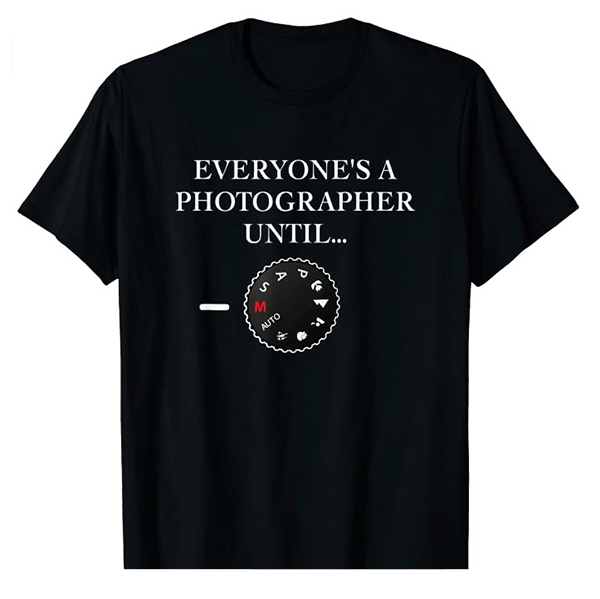
Manual and Shutter Priority Modes
Manual Mode is just what it sounds like. You set the aperture and you set the shutter speed based on the light-metering features built into the camera, a handheld light meter, or your experience and instinct. If you do not use Manual Mode often, you are not alone. Manual Mode is slow and requires more photographic knowledge. This tee shirt sums it up, although it’s a bit more arrogant than called for.
Shutter Priority, the method championed by Canon back in the heyday of 35mm cameras, is good for shooting moving subjects because the user selects the shutter speed and the camera responds by setting the correct aperture. The user, of course, must have a general idea of what shutter speed to set. On many cameras, if the user sets a speed that is too fast (i.e., setting even the largest aperture would result in underexposure) the camera automatically shifts to a suitable speed.
There’s almost nothing wrong with Shutter Priority, but it is possible for a lazy user to set a shutter speed that’s too slow to be handheld (happens a lot with long telezoom lenses) and that results in blurry images. Also, the user surrenders control of the aperture, and that’s bad for the reasons I itemize below.
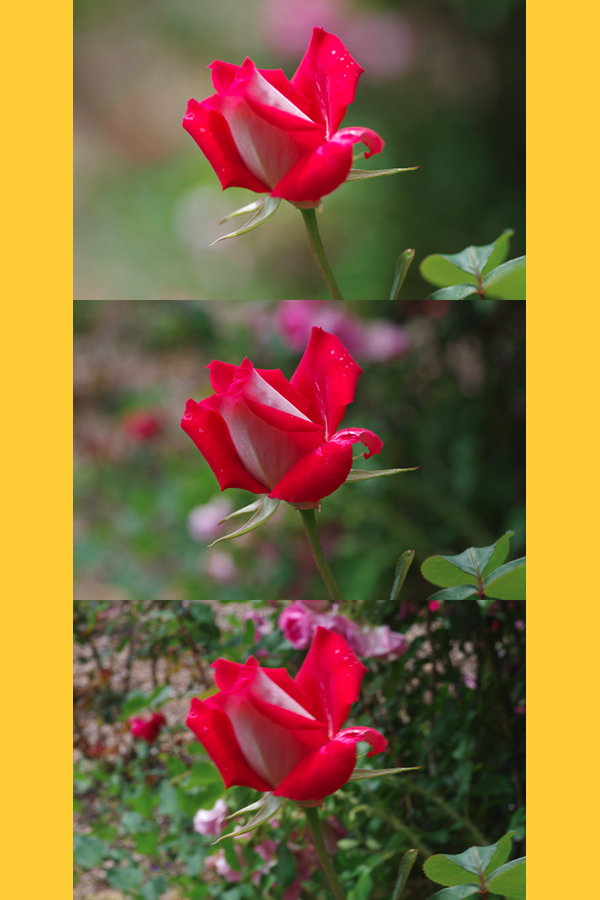
Ah Yes, Aperture Priority
Aperture Priority is overall the most reasonable choice, in my opinion. The user selects the preferred aperture and the camera uses a suitable shutter speed. Controlling the aperture is important for several reasons. Here are two of them.
For a given focal length, the aperture is one of the determiners of the depth-of-field. Generally speaking, large (like f/2) apertures produce limited DoF and small (like f/22) apertures supply large DoF. Some make the argument that Aperture Priority is a risky mode to use for fast-moving subjects, and I often agree; however, the great majority of subjects I shoot don’t move much at all. Besides, one can monitor the shutter speed in the viewfinder, in most cases, and react accordingly.
The more important reason why Aperture Priority reigns supreme: all lenses have a sweet spot aperture (or narrow range of apertures) where lens performance is optimal. For a typical 50mm f/1.4 lens, this sweet spot is often around f/5.6. Performance at f/5.6ish is better than wide-open at f/1.4 and, because of the nasty phenomenon of diffraction, f/5.6 is sharper than f/16 or smaller.
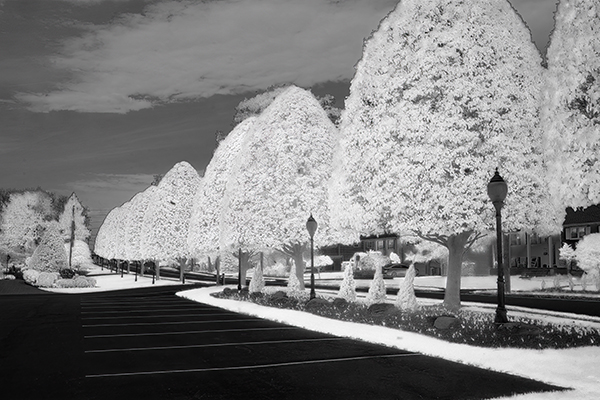
Control the Aperture to Control Sharpness
Since depth-of-field strongly affects apparent sharpness, and optimal aperture overwhelmingly influences sharpness, it follows logically that to control the aperture is to control the sharpness of the image.
Pentax is the only camera brand I know that offers an MTF Exposure Mode. MTF (Modulation Transfer Function) is the objective, mathematical prediction of lens performance. For a more complete explanation of MTF, including how to read MTF charts, follow this link to a great article on Nikon’s website.
By the way, back when Minolta, Canon, Pentax, Olympus and Nikon were slugging it in the 35mm SLR marketplace, only Canon employed the Shutter Priority system. Minolta, Nikon et al all chose Aperture Priority. That doesn’t make it better, but I think it indicates something.
Minolta produced the first camera in the world that offered Aperture Priority, Shutter Priority, Manual and – although they didn’t promote it – Program Mode. I’m talking about the Minolta XD-11.
Minolta had Program Exposure in the XD-11, truly the world’s first Dual Mode (A and S) SLR, but either didn’t know it, were too dull to talk about it, or didn’t recognize its importance. I detail this blunder in an article I wrote about the XD-11 back in 2011. You can read it by clicking here.
“Wait ’til you see how good you can be with Minolta.” That’s what the XD-11 print ad said in 1978. But it should have said, “We’ve introduced the world’s first programmed camera but we haven’t realized it yet.”
The Owner’s Manual flirts with the feature and gets right up to the edge of revealing it by stating, on page 1, “If you wish, you can leave exposure control entirely to the camera’s program for perfect results over a wide range.” But that’s it—that’s the only reference to “program” in the entire 61-page book.
I should also probably disclose that I worked for Minolta before we were acquired by Konica who cruelly scuttled the camera division and coolly sold all photographic Intellectual Property to Sony. For sure, a good bit of Minolta genome can be found in Sony Alpha DNA even today. Anyway, I spent a good deal of my youth conjuring up arguments why Aperture Priority Minolta was superior to Shutter Priority Canon, so there’s a slight possibility that I’m biased.
Conclusion
Maybe I’m right and maybe I’m wrong about Aperture Priority being superior overall, who’s to say? If you’ve primarily been using Program Mode like a good many other photographers, give Aperture Priority a whirl. Try Shutter Priority and Manual Modes too. If nothing else you should get into the habit of always checking the Exposure Mode before shooting.
—Jon Sienkiewicz
(As an Amazon Associate, Shutterbug earns from qualifying purchases linked in this story.)
- Log in or register to post comments


Tamron 100-400mm fully racked gave me an ISS a few dozen pixels across by a couple dozen pixels vertically. Telescope sharp? Nope. Recognizable, with nice color for the solar panels? Yes! A pretty nice achievement for a handheld shot.

"I believe Pentax (now part of Ricoh) is the most underrated camera brand in history." I totally agree with you on this one. Current Pentax systems are not designed for sport or wildlife but they are amazing for all other purposes. Very affordable compared to the other brands.
By the way, I agree with you on this article. Aperture Priority makes more sense to me. If the object is not moving, this is the best. I think for moving objects, shutter priority makes more sense.
Umesh
http://alienfotos.com/
